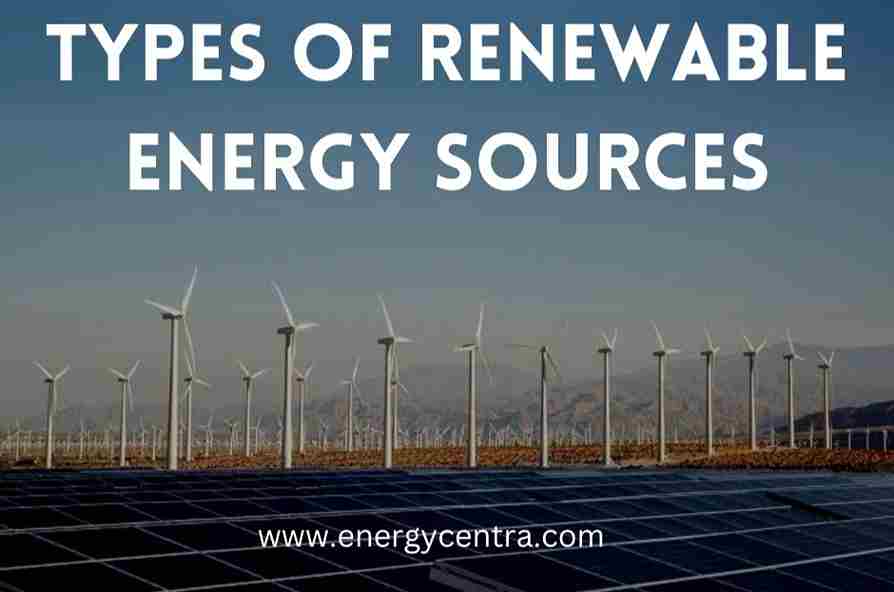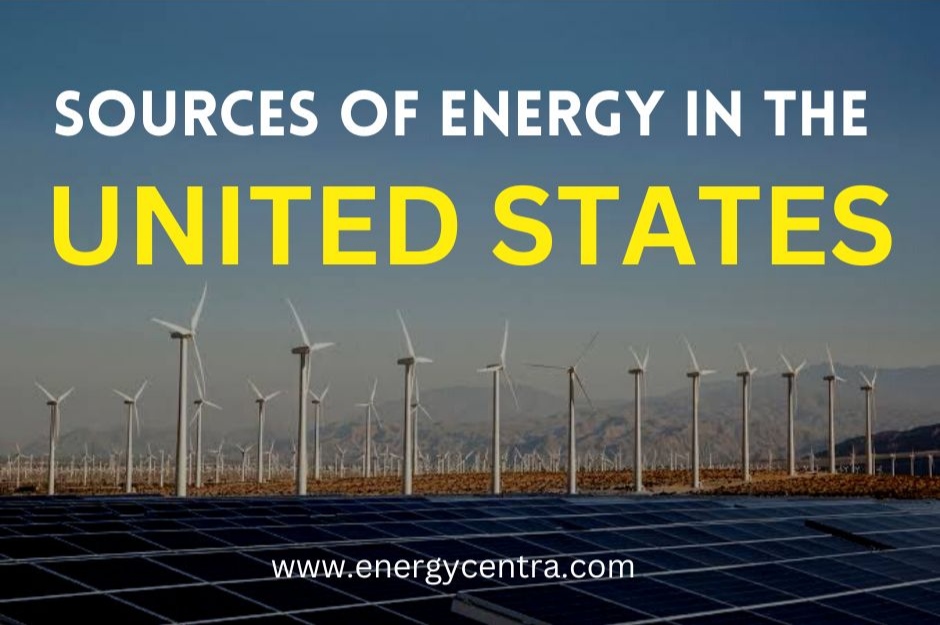7 Types of renewable energy you should know.

7 Types of renewable energy you should know.
Types of renewable energy depends on the sources they were gotten from. Renewable energy is energy that is generated from natural sources, such as the sun, wind, water, and the Earth’s heat, and can be replenished over time. This type of energy is considered more sustainable and environmentally friendly than non-renewable energy, such as fossil fuels, which are finite and will eventually run out. There are many different types of renewable energy, each with its own unique characteristics and uses. Some common types of renewable energy include solar, wind, hydro, geothermal, and biomass. These forms of renewable energy have the potential to provide clean, reliable, and affordable energy to meet the growing demand for electricity around the world.
Below are the various types of renewable energy:
These are the types of renewable energy:
- Solar energy
- Wind energy
- Hydro energy
- Tidal energy
- Biomass energy
- Geothermal energy
1. Solar Energy
Solar energy is a renewable energy source that is abundant and widely available. Unlike fossil fuels, which are finite and will eventually run out, the sun is a virtually limitless source of energy. In addition, solar energy does not produce any greenhouse gases or other pollutants, making it a clean and sustainable way to generate electricity.
2. Wind Energy
Like solar energy, wind energy is a renewable energy source that is abundant and widely available. It is also clean and sustainable, as it does not produce any greenhouse gases or other pollutants. Wind energy is generated using wind turbines, which capture the wind’s kinetic energy and convert it into electricity. Wind energy is a popular source of renewable energy because it is relatively inexpensive. It can also be harnessed in many parts of the world.
3. Hydro Energy
Hydropower, also known as water power, is a type of renewable energy that uses the force of moving water to generate electricity. It is one of the oldest and most widely used forms of renewable energy, and it plays a significant role in the global energy mix. Hydropower is typically generated using dams, which divert water from a river or stream. It’s then uses the force of the water to turn turbines, which in turn generate electricity. Hydropower is a clean and sustainable source of energy, and it has the added benefit of being able to be stored for later use.
4. Tidal Energy
Tidal energy is a form of renewable energy that harnesses the power of the tides to generate electricity. This type of energy is generated by placing turbines in tidal areas, where the movement of water can be used to turn the turbines and generate electricity. Tidal energy is considered to be a clean and renewable source of energy. This is because it relies on the natural movement of the tides, which are caused by the gravitational pull of the moon and sun.
Unlike other forms of renewable energy, such as solar and wind power, tidal energy is more predictable because the tides follow a regular pattern. This makes it an attractive option for generating electricity.
5. Geothermal Energy
Geothermal energy is a form of renewable energy that harnesses the heat from the Earth’s core to generate electricity. This heat is accessed through geothermal power plants. These Power plants uses steam produced from hot water underground to drive turbines and generate electricity. Because geothermal energy is derived from the natural heat of the Earth, it is considered a renewable energy source. Unlike fossil fuels, which are finite and will eventually run out, geothermal energy will be available as long as the Earth exists. Additionally, geothermal power plants have a relatively low environmental impact, as they do not produce greenhouse gases or other pollutants.
6. Biomass Energy
Biomass energy is a form of renewable energy that is derived from organic materials. Materials, such as plant matter or animal waste. This energy can be harnessed through a variety of processes. Like, the burning of biomass to produce heat or the conversion of biomass into biofuels, such as ethanol or biodiesel.
Biomass energy is considered renewable because the organic materials used to produce it can be replenished over time, unlike fossil fuels, which are finite.
Additionally, the use of biomass energy can help to reduce the amount of waste that would otherwise be sent to landfills. These landfills produce methane, a potent greenhouse gas.
However, the use of biomass energy does have some limitations and drawbacks. Drawbacks such as the potential for air pollution and the competition with food production for land and resources.
In Conclusion:
There are many different types of renewable energy, including solar, wind, hydro, geothermal, and biomass. Each of these forms of renewable energy has its own unique advantages and disadvantages. The most appropriate type of renewable energy for a given situation will depend on a variety of factors, such as the location, availability of resources, and specific energy needs.
Overall, renewable energy sources are considered more sustainable and environmentally friendly than non-renewable energy sources. This is because they do not produce greenhouse gases or other pollutants and can be replenished over time. As such, the use of renewable energy is growing rapidly around the world as a way to reduce reliance on fossil fuels and combat climate change.


